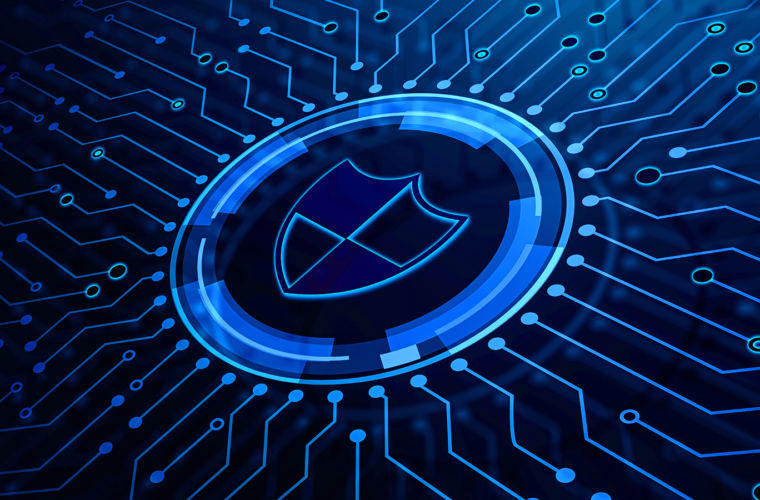During an era marked by increasingly complicated global challenges, the European Union is being urged to reconsider its readiness for upcoming crises. The recent “Safer Together” report, which was submitted by former Finnish President Sauli Niinistö as Special Adviser to the European Commission, offers a comprehensive vision for strengthening the EU’s readiness on both civilian and military fronts. But beyond its broader security strategy, the report identifies the key contribution of technology and innovation to the building of a resilient Union able to cope with uncertainty.
On the level of more specific and citizen-oriented proposals, the report contains the suggestion to promote a 72-hour self-sufficiency goal for every household across the EU. Citizens are encouraged to maintain minimum emergency stocks of food, medication, and hygiene products, which will allow them to be safe and self-sufficient for at least three days in the event of a severe disruption. This measure is not meant to instil fear but to foster a culture of preparedness and personal responsibility as part of a broader resilience strategy.
Preparedness in Europe cannot rely on reaction only. The report stresses the requirement for predictive potential and anticipatory governance, especially in response to rapidly evolving technological contexts. It underlines the heightened threat of hybrid attacks, cyber sabotage, and digital disinformation campaigns and urges the EU to embark on a shift away from ad hoc crisis management and towards proactive, strategic positioning. At the root of this shift is the creation of secure, interoperable digital infrastructure capable of underpinning critical communications during emergencies. The report demands the acceleration of the roll-out of the European Critical Communication System (EUCCS), which will facilitate seamless information exchange between EU institutions, national authorities, and major public safety operators across borders.
Satellite technology and real-time situational awareness
Meanwhile, an EU Earth-observation governmental service is proposed to be created to improve situational awareness through the utilization of satellite-based technologies. This would enhance the EU’s capacity to monitor environmental, infrastructural, and security-related incidents in real-time. This merging of competencies with the EU Satellite Centre is presented as a step towards more reactive and informed decision-making. The report also advocates for more collaboration between public and private organizations in establishing and testing secure communications and intelligence architectures. The ultimate goal is to develop a shared framework that goes beyond institutional silos and establishes trust-based information sharing across sectors.
Disruptive technologies such as artificial intelligence are also introduced as opportunities and yet as vulnerabilities. The report urges the EU to develop forward-looking foresight tools capable of anticipating and preparing for the effects of rapid-paced technological innovation. This includes placing preparedness considerations within the regulatory environment of emerging tech sectors. For instance, it welcomes the development of an EU-level “preparedness-by-design” principle that would render future legislation and procurement processes take into account not just economic and operational needs but also shock resilience. In this way, resilience is a quality built into Europe’s digital and industrial strategies.

Strengthening cybersecurity across Europe
Another dimension of the technological readiness agenda is cyber resilience. Against the background of growing sophistication of cyber threats, the report demands greater coordination of cybersecurity capabilities at both EU and Member State levels. It proposes leveraging existing instruments like the NIS2 Directive but extending their scope to other sectors, especially those critical to maintaining societal functions. Strengthening the European Union Agency for Cybersecurity (ENISA) and enabling the trust-based sharing of sensitive cyber intelligence among Member States are viewed as vital steps towards a more integrated digital defense posture.
Beyond technology, the report acknowledges the inseparability of security and sustainability. Climate change is framed not only as an environmental concern but as a threat multiplier with the potential to trigger cascading crises across borders. In this context, the vision of readiness in the report is extended to energy resilience, green supply chains, and raw material strategic autonomy. It proposes an EU-coordinated stockpiling strategy for securing access to strategic resources such as food, medical supplies, and renewable energy components. Such stockpiles are not only insurance for times of crisis but also means of guaranteeing industrial continuity in times of disruption.
Embedding resilience into the green transition
The report also promotes the idea of preparedness-by-design in the green transition process. As the EU moves towards decarbonization, it must ensure that new infrastructure, technologies, and policies are robust to both geopolitical shocks and climate impacts. This involves fostering supply chain transparency, stimulating circular economy models, and reducing dependence on external players for key green technologies. Notably, the report urges collaboration with international partners on resilience and sustainability, recognizing that climate security is a shared international challenge.
Last, the Niinistö report places technology and sustainability at the heart of Europe’s long-term readiness strategy. It challenges EU institutions, the Member States, and stakeholders to embrace a new mindset—one that sees security not as a reactive defence function but as an active, cross-sectoral commitment written into every aspect of governance. Whether through digital infrastructure or climate policy, the message is the same: resilience must be designed into the very DNA of the Union. As the EU charts its strategic direction for the coming years, the conclusions of the “Safer Together” report are both an alarm and a guide. In an age of increasing unpredictability, it is no longer sufficient to prepare for yesterday’s crises. Europe must anticipate tomorrow’s dangers using the full extent of its technological and environmental assets. Only then will it be ready for the dangers that lie ahead?



